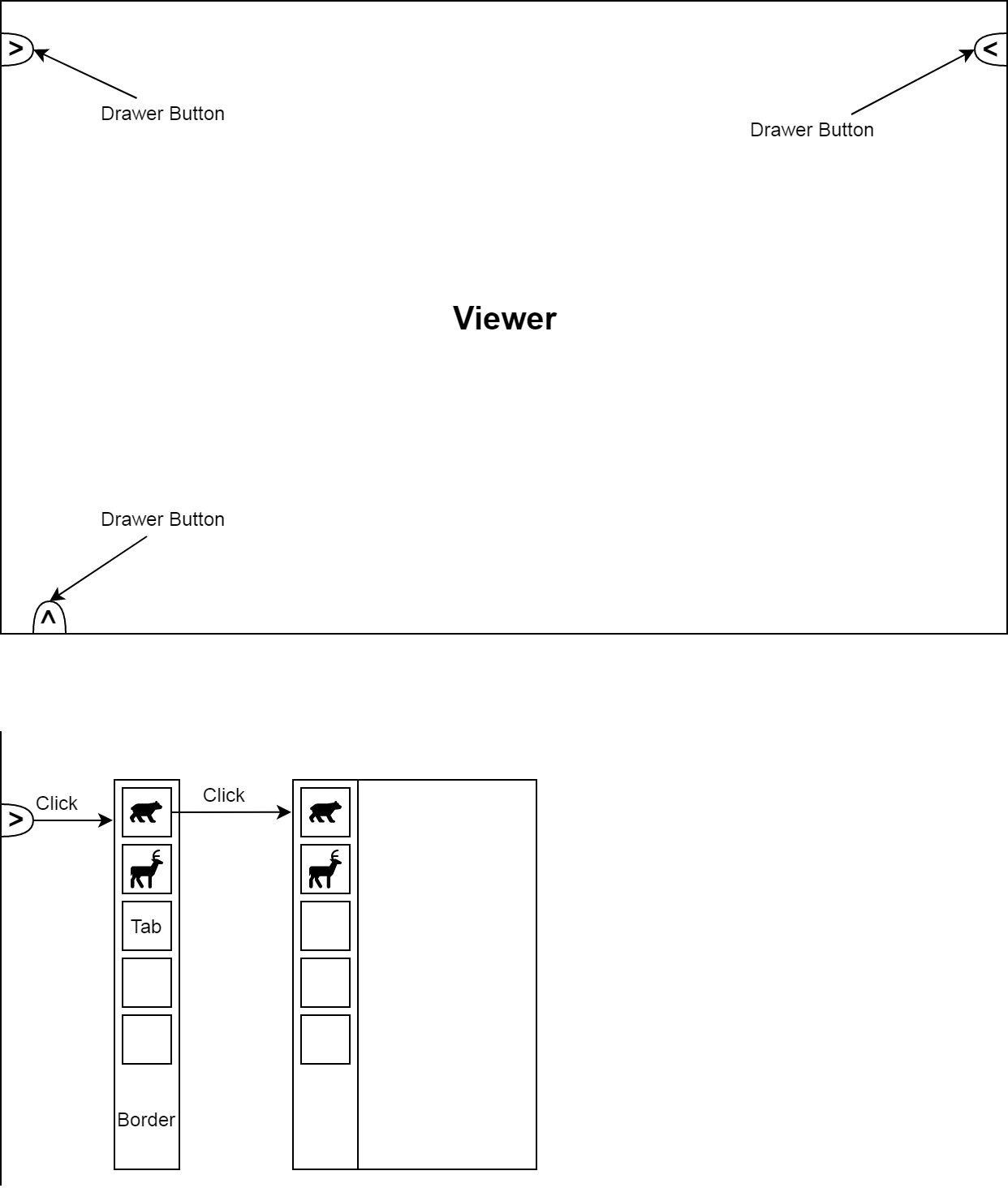This comment is for the general forum as I have only just begun to read back through the archives and it's probably naive to think it hasn't been covered before. Also, I'm blown away at the advances in technology and having a bit of trouble getting my head wrapped around it so some of my ramblings are just ricochet thoughts leaking out of my head.
As I mentioned in my introductory post my background is in residential construction. I have worked in many different roles starting with the actual labor trades such as framing carpenter and to lesser extent poured in place concrete, then into the management arena as building superintendent followed by a stint in engineered lumber design and my last hurrah as purchasing/ estimating lackey. The culmination of these experiences, especially the purchasing/ estimating, really drove home the disconnect between developer, sales, construction, purchasing, and interior design. It was very much a fly by the seat of your pants approach. From bar napkin sketches to plan/ design "borrowing" to cookie cutter developments (which I absolutely abhor) to the "We do it this way because we have always done it this way" mode of innovation. It was standard practice to draw plans in different viewports and with any design change for the exterior, say an elevation, that the plan views would never be touched or modified. I had a small taste of software automation with DataCAD back in the late 90's for the engineered lumber design and knew there was a huge opening for the entire industry. My dream then was to draw in 3D and changes would populate throughout the project. Even this would have been a small step as there was not a practical way to relate this to the many options available to each plan and tie to sales contracts or estimating. These options were the industry answer to "Custom Builder" marketing. They weren't custom builders in any way but had farm plans with A-Z elevations, pre-packaged options, finish/ trim levels that gave the feel of customization while allowing the cookie cutter plug and play to continue behind the curtain. I felt deep down there would eventually be a rug that really tied the room together... I realize BIM is not a relatively new concept but you have to relate it to the residential builders that tend to be a very practical group as you typically don't have the support structure that a commercial contractor would have. There is no "safety net" and the focus tends to be on experience and repetition at the field level to catch and smooth bumps and prevent costly mistakes. You don't have what I might naively describe as the lawyer crew to fix things. If there is a mistake in the plan you have to catch it or eat the cost to fix or modify it. You don't have anyone to sue for lost time etc.
I'm looking towards another career change and although I had sworn off a return to construction I am now very interested in researching what is available today as far as software and seeing it the time is right to attempt to pull my "dream" together. I don't know how to code but I am a connoisseur of functioning end products. An unapologetic super-clicker with perfectionist tendencies, if you will. I was intrigued by Blender but almost instantly put off as I didn't find the precision I have grown accustomed to in other CAD offerings. Most of the how-to videos were glowing reviews of walls, windows, doors, oh my! etc., but they all had the same methods: "you put something over here and move it up to about here and then lets add something over towards this corner and make it a little bit bigger". I was very put off by the just eyeball it generalities so it wasn't until I purchased Archipack @stephen_l and discovered the BlenderBIM @Moult add on that I thought there might be some hope. Now I find this forum and seeing @Andyrexic work and also some of the concepts by @ReD_CoDE (where he uses the term "automatically" but I prefer "automagically") that I find my mind spinning with potential solutions to the myriad of obstacles that prevent variety, innovation, and true design flexibility in the residential markets. From maximizing land development potential to truly custom homes in a subdivision setting to working through a design process in a studio atmosphere that will serve not only the visual artistic design representation needed for a client to explore a nearly realistic feeling of the final product, but that it will also manage the practical aspects of plan production and costing. I love it. I have a lot more research to do but all-in-all this looks very doable with the right focus. I not only have to overcome the learning curve for Blender but BIM/ IFC, and that doesn't even touch the Open Source software and focusing on the best method to make a living doing what I really loved for so many years. This living must be in a cutting edge frontier atmosphere, not the striving for mediocrity that sucked any satisfaction from potential innovations in the past. i.e. I need my mojo back!
Ok, kids, back to work. @Andyrexic I will be checking out your projects soon and might be in touch with some questions, most likely conceptual at this point. Really like what I see so far. Thanks for listening.

